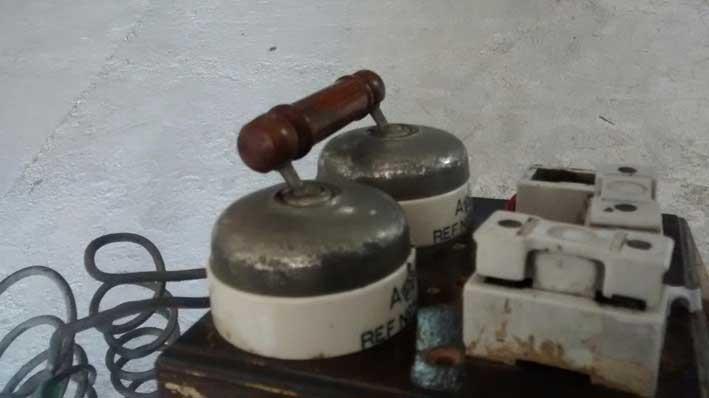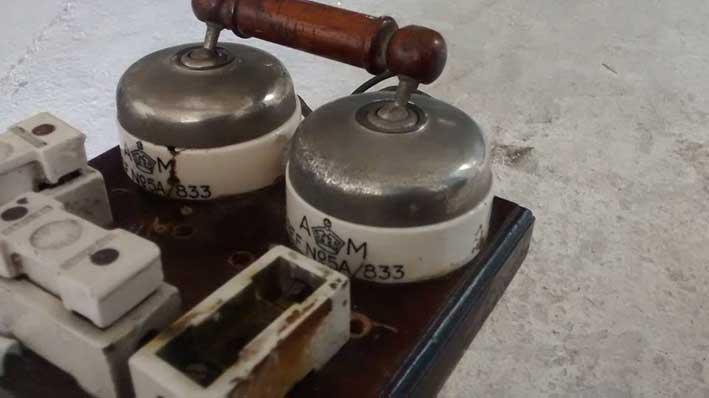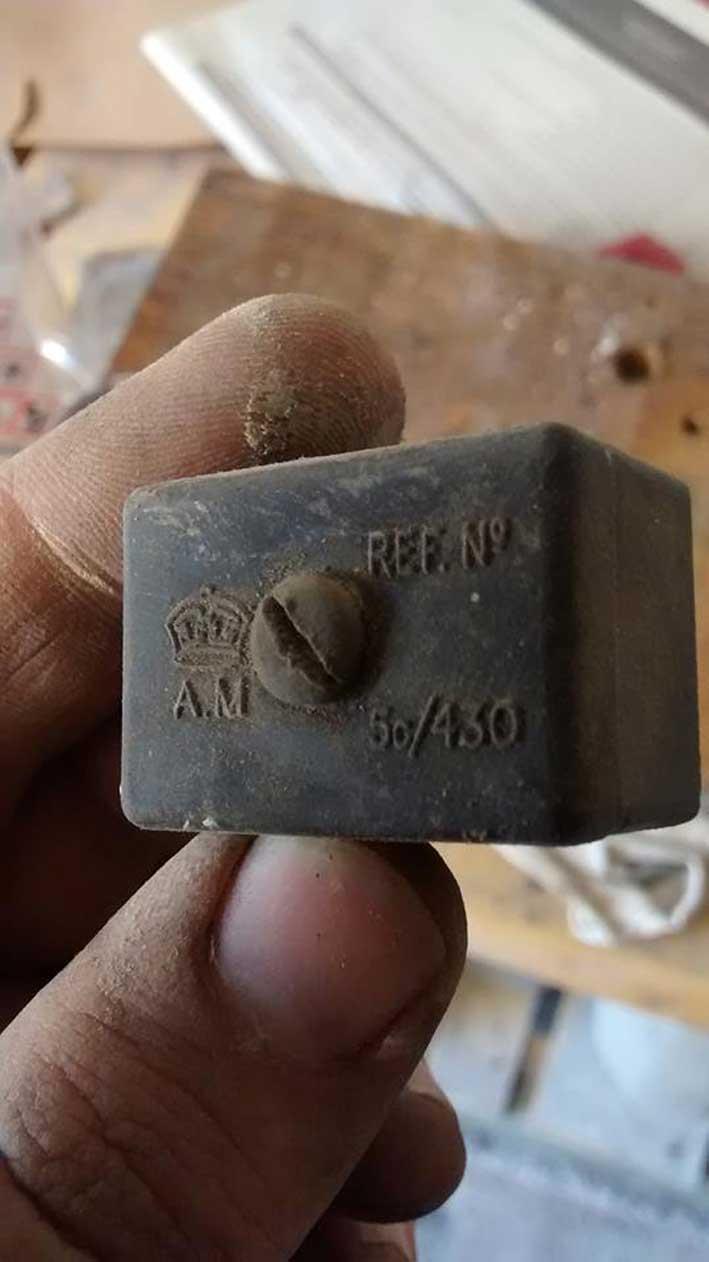Imagine an antiques and history enthusiast’s surprise while stripping away old wiring from the 1950s from a house set to be demolished to build a block of flats when he found main switches and other electrical equipment used in RAF Aircraft in WWII.
In comments to The Malta Independent, he told us that he found markings indicating that the equipment was marked by the Air Ministry with the crown seal on them, which was a type of quality control. The Air Ministry was a department of the British Government with the responsibility of managing the affairs of the Royal Air Force, which existed from 1918 to 1964.

The enthusiast, who chose to remain anonymous, explained the markings he found on various pieces of electrical equipment thoroughly. Namely, “the acronym AM which stands for Air Ministry and an image of a crown; either that of a king or that of a queen depending on who is monarch at the time the components are manufactured.

“Since the crown of King George VI is shown, the switches were produced during his reign (1936-1952). It is possible that these switches were being used on aircraft during WWII. The fact that they are marked as AM components leads to the conclusion that they are aircraft parts. The part number (REF 5A/833 for example) is specific to every different component and assists in replacing worn or defective units efficiently during maintenance.”
According to the source, “the mechanic would then go to the shop and ask for a component by its reference number as a sure fire way of getting an identical replacement.”

Among the items found were a push button switch, which could very well have been used as an engine start button on Spitfires of similar aircraft and a dimmer switch which was used in various types of aircraft to dim the lights in cockpits.
As to how the original owners acquired the switches, there are a number of possibilities. The first is that they picked them up as a lot which was routinely sold off by the British Military to the general public in a bid to get rid of unwanted or obsolete equipment. These lots included switches, cutlery, tools and other miscellaneous items. Therefore, according to the enthusiast, “military grade equipment found itself in civilian hands and was given a second lease of life.”

He elaborated that it could also be that an ironmonger bought the lot himself and then sold off parts to buyers in much smaller quantities to make a decent profit. They could also have been salvaged from a scrap heap or, indeed, acquired more illicitly from someone who used to work for the RAF.
